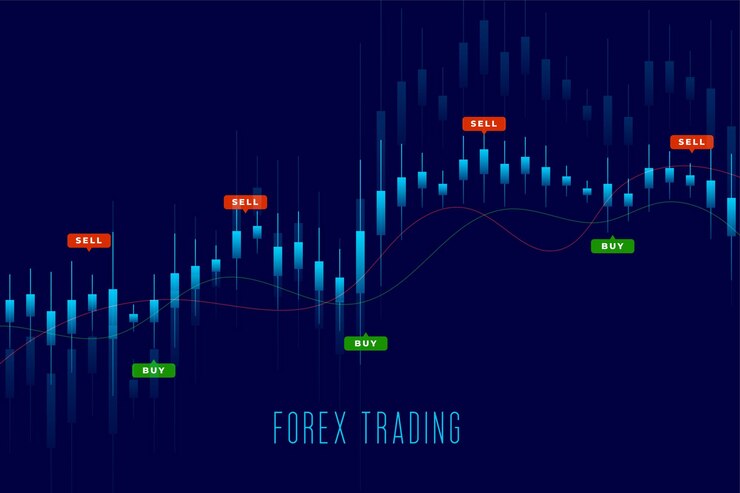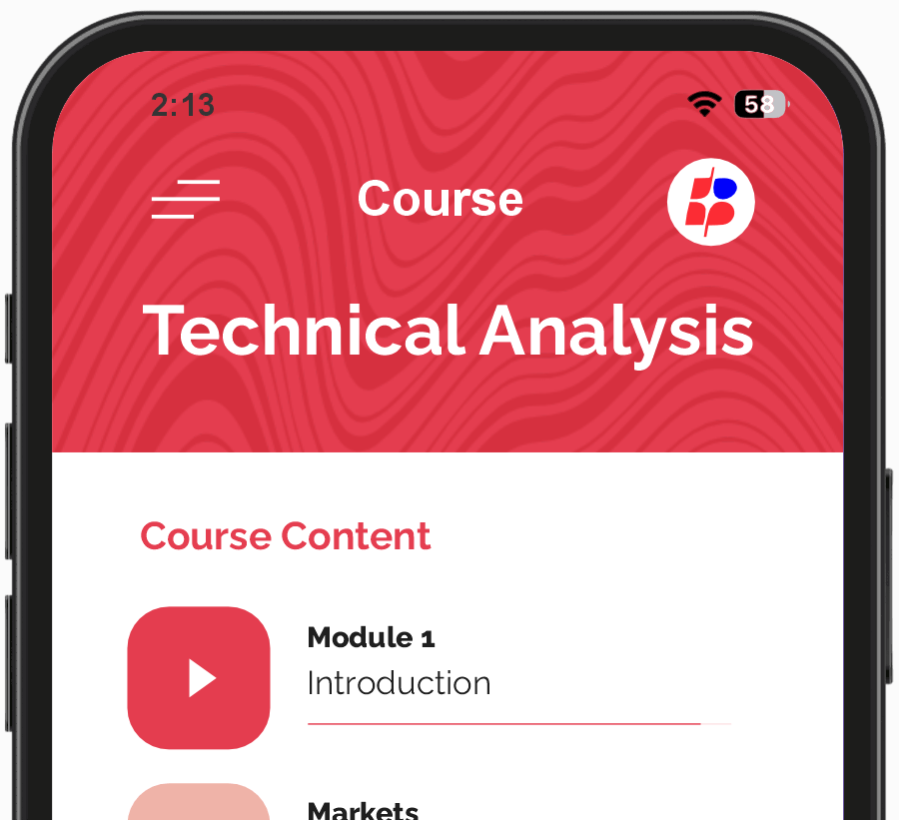The Detrended Price Oscillator (DPO) is a technical analysis tool that helps traders filter out long-term trends to focus on shorter-term price movements.
Removing the effects of longer cycles provides a clearer view of short-term overbought or oversold conditions, enabling traders to time their entries and exits more effectively.
In This Post
Meaning of Detrended Price Oscillator
The Detrended Price Oscillator is designed to eliminate the long-term trends from price data, allowing traders to focus on the cyclical components of price movements.
Unlike trend-following indicators, such as moving averages or the MACD, the DPO centres around price fluctuations over a specific period, making it easier to spot price peaks and troughs.
The DPO is plotted around a zero line, oscillating between positive and negative values. A positive value suggests that the current price is above its average, while a negative value indicates that the price is below its average.
How DPO Works
The DPO is calculated by comparing the price of a Forex pair to a displaced moving average. The key difference between this and traditional oscillators is that the DPO removes the overall trend, emphasizing short-term market cycles.
- Above Zero: Prices are above the historical average, indicating an overbought condition.
- Below Zero: Prices are below the historical average, suggesting an oversold condition.
By focusing on these deviations, traders can identify when prices are likely to reverse based on past cyclical behaviour.
How to Use the Detrended Price Oscillator in Forex Trading
1. Identify Overbought and Oversold Conditions
One of the primary uses of the Detrended Price Oscillator is to spot overbought and oversold conditions in the market. When the DPO reaches extreme levels above or below zero, it signals that prices may have moved too far from the average and are ripe for a reversal.
How to Apply
Overbought Signal: When the DPO reaches a significantly high positive value, it indicates that prices are overbought, and a downward correction may be imminent.
Oversold Signal: When the DPO dips to a low negative value, it suggests that prices are oversold and may soon experience an upward reversal.
These signals can help traders time their entries and exits in the market more effectively, especially when combined with other technical indicators.
2. Timing Market Cycles
The DPO is particularly useful for timing cyclical price movements in the market. Since it focuses on short-term price cycles, traders can use it to predict when prices are likely to peak or trough.
How to Apply
- Use the DPO to track cyclical patterns in Forex pairs by observing when the oscillator moves from positive to negative territory (and vice versa).
- Identify the length of a typical cycle based on how long the DPO takes to oscillate between highs and lows.
- Apply this cyclical pattern to predict future turning points in the market and time trades accordingly.
For example, if you notice that the DPO oscillates from peak to trough every 15 bars on a daily chart, you can use this information to forecast potential reversals.
3. Trend Reversal Confirmation
While the DPO is not a trend-following indicator, it can be used to confirm potential trend reversals. By identifying short-term market extremes, traders can spot when a trend may be losing momentum and prepare for a reversal.
How to Apply
- When the DPO reaches an extreme level (either positive or negative), it suggests that the current trend may be weakening.
- Combine the DPO with a longer-term trend indicator, such as moving averages, to confirm whether a reversal is likely.
For instance, if the DPO reaches a high positive value while the price remains above a long-term moving average, it may signal that the upward trend is about to reverse.
4. Entry and Exit Strategies
The DPO can also be used to refine trade entries and exits by highlighting short-term price extremes. By entering or exiting trades based on overbought or oversold signals from the DPO, traders can avoid chasing trends and instead focus on timing reversals.
How to Apply
- Entry: Buy when the DPO is in negative territory (oversold), indicating that the price may soon start rising.
- Exit: Sell when the DPO reaches a high positive value (overbought), signaling that a downward correction is likely.
To improve accuracy, consider using the DPO alongside other momentum indicators, such as the Relative Strength Index (RSI), to confirm whether market momentum is consistent with DPO signals.
Benefits of Using the Detrended Price Oscillator
1. Focus on Short-Term Cycles
The DPO is ideal for traders looking to focus on short-term market cycles, removing the noise of long-term trends. This allows traders to concentrate on timing specific trades within larger market trends.
2. Simple to Interpret
With its clear zero line and oscillation between positive and negative values, the DPO is straightforward to interpret, making it easy to identify overbought and oversold conditions.
3. Complements Other Indicators
The DPO works well when combined with other trend-following or momentum-based indicators. This makes it a versatile tool that can complement a variety of trading strategies.
Limitations of the Detrended Price Oscillator
1. Ineffective in Trending Markets
Because the DPO is designed to filter out long-term trends, it is less effective in markets with strong, persistent trends. Traders relying solely on the DPO may miss significant opportunities in trending markets.
2. Not a Standalone Indicator
The DPO should not be used as a standalone indicator. It works best when combined with other technical tools that can confirm potential trade signals, such as moving averages or trend lines.
3. Lagging Indicator
Like most oscillators, the DPO is a lagging indicator. This means that while it can highlight potential turning points, it may not provide real-time signals, and traders should be cautious of delayed reactions.
Frequently Asked Questions
1. Can the DPO be used for long-term trading strategies?
The Detrended Price Oscillator is designed to focus on short-term price cycles, making it less effective for long-term strategies. It is more suited to traders who prefer shorter time frames and cyclical price movements.
2. What time frames work best for the Detrended Price Oscillator?
The DPO works best on shorter time frames, such as daily or hourly charts. Traders should adjust the indicator’s settings based on their preferred time frame to ensure accurate signals.
3. How does the DPO differ from trend-following indicators?
Unlike trend-following indicators that track the overall direction of the market, the DPO removes the long-term trend, focusing instead on short-term price cycles and extremes.
Conclusion
The Detrended Price Oscillator (DPO) is a powerful tool for traders who wish to focus on short-term price movements and identify cyclical trends.
By filtering out the noise of long-term trends, the DPO helps traders pinpoint overbought and oversold conditions with greater precision.
However, it is essential to use it in conjunction with other indicators to confirm signals and avoid false entries or exits.




